Is Russia invading Ukraine and what does Putin want?
Ukraine is now the focus of global attention as Russia sends troops into two breakaway regions in country’s east. Why? And why now?
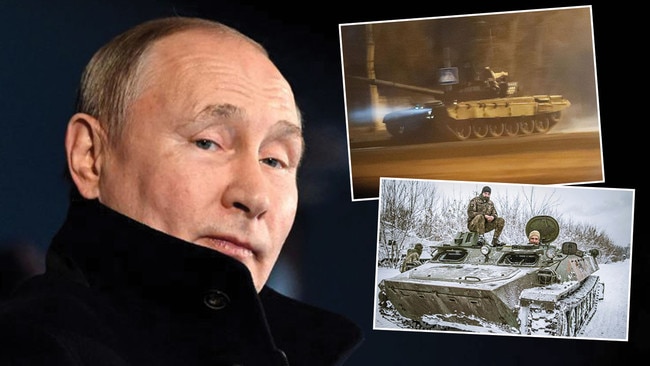
Russian President Vladimir Putin’s order to send troops into two breakaway regions of Ukraine has sent relations between Moscow and the West spinning to their lowest point since the Cold War. The incursion is an integral part of his broader strategy to redraw the security map set with the collapse of the Soviet Union more than 30 years ago and split the U.S. from its European partners, many of which rely heavily on Russia’s rich energy reserves.
It is an unprecedented gamble for Mr. Putin, who is now reckoning with a plethora of new economic sanctions from the U.S. and Europe aimed at hamstringing his country’s economy.
Speaking from the White House on Feb. 22, President Biden called the Russian troop movements “the beginning of a Russian invasion of Ukraine” and announced what he said was a first round of sanctions targeting Russian financial institutions, its ability to secure money from the West and well-connected individuals. Mr. Biden warned that a steeper price would be paid if Russian forces ventured deeper into Ukraine.
Ukrainian Foreign Minister Dmytro Kuleba, meanwhile, called for the world to come to his country’s aid at the United Nations. “We urge member states to use all available means to protect Ukraine and deter Russia,” he said at the U.N.’s General Assembly on Feb. 23.
Does Russia want to invade Ukraine?
Mr. Putin says no. Although he has questioned Ukraine’s right to exist, citing a similar language and shared history and culture, he says Russian forces are being deployed as peacekeepers to prevent Ukrainian efforts to wrest back control of two self-declared republics that broke away from Kyiv’s control in 2014. Ukraine denies any hostile intent toward the breakaway regions in Donetsk and Luhansk.
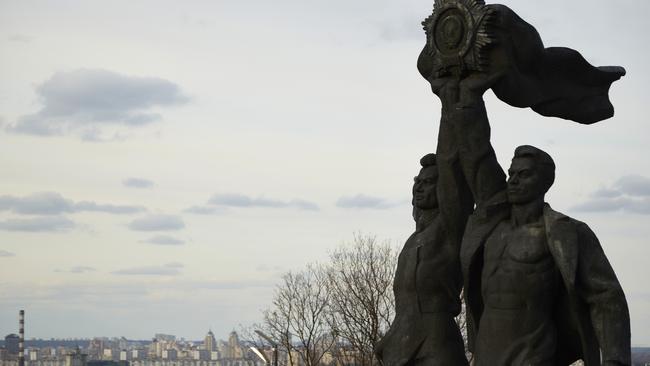
Both Kyiv and its Western partners are now waiting to see whether the Russian forces entering those areas would try to punch through Ukrainian positions in coming days and seize the two-thirds of the Donbas region that they claim but don’t control. The area includes the cities of Mariupol, Kramatorsk and Severodonetsk. As many as 190,000 Russian troops are now massed near Ukraine’s borders in what U.S. officials call the biggest military mobilisation in Europe since World War II.
What would happen if Russia invades Ukraine?
If Russia takes the entire Donbas region, it would trigger another round of even harsher measures, Western officials said. But U.S. officials say they believe Mr. Putin has designs on the entire country due to its geographical as well as cultural significance.
Located in the heart of Eastern Europe, Ukraine’s eastern flank borders Russia while to the west it is bordered by Poland, Slovakia, Hungary, Romania and Moldova. To the south is the Black Sea, Russia’s route to the Mediterranean and beyond. If Russia moves into the rest of Ukraine, it would mean further economic sanctions and the prospect of more Western support for the Ukrainian military. U.S. intelligence assessments project that 25,000 to 50,000 civilians would be killed or wounded if Russia mounts an all-out attack to take over the entire country. Between 3,000 and 10,000 Russian troops and between 5,000 and 25,000 Ukrainian troops would be killed or wounded, according to the assessments, which added that one million to five million Ukrainians would be displaced.
Mr. Biden said on Feb. 22 that he believes that Russia is going to advance farther, but he said the U.S. and allies remain open to diplomacy. “There’s still time to avert the worst-case scenario that will bring untold suffering to millions of people if they move as suggested,” Mr. Biden said.
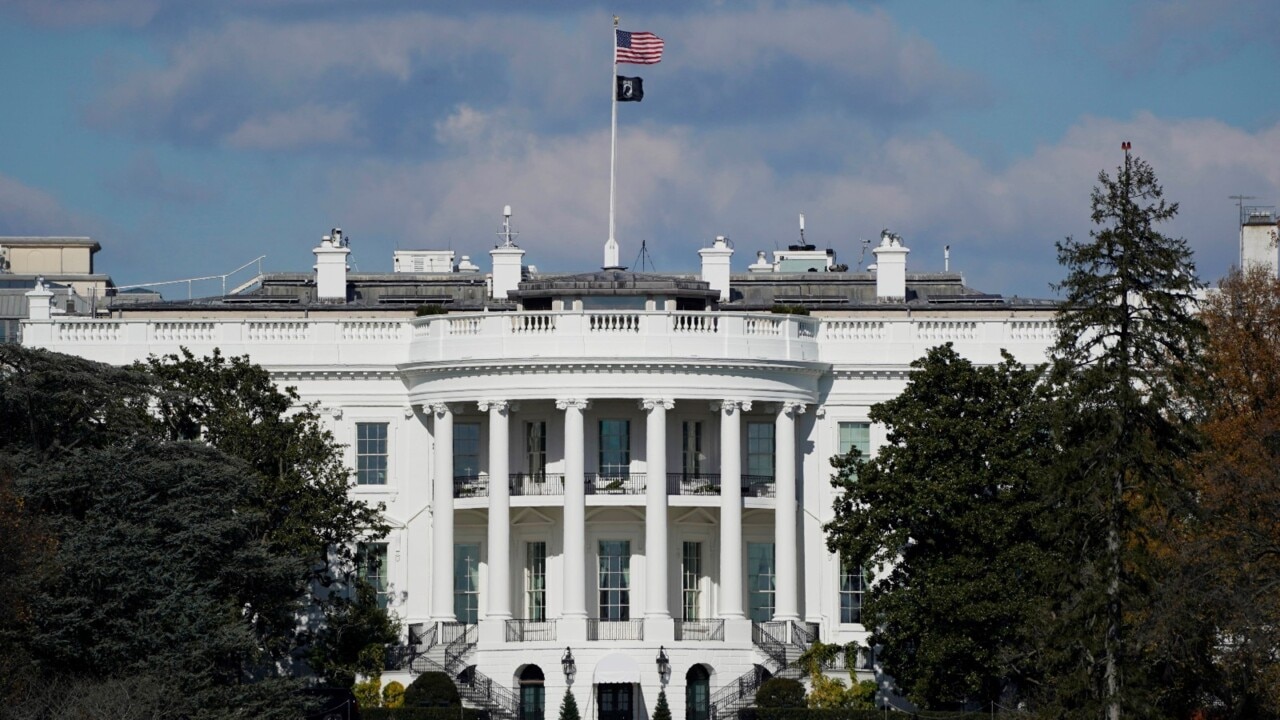
What’s happening in Donetsk and Luhansk?
The latest escalation revolves around two Russian-speaking regions of eastern Ukraine, the self-proclaimed republics of Donetsk and Luhansk in the Donbas area bordering Russia. They broke away from the rest of Ukraine in 2014 with the help of Russian forces, the same year Russia annexed Crimea. This month, leaders of the two statelets accused Ukraine’s armed forces of launching attacks on territory they control.
The Ukrainian government denies it has any plans to seize the territories, and said Kyiv-controlled areas of the Luhansk region have come under sustained shelling. A kindergarten was hit in the town of Stanytsia Luhanska, injuring two teachers, the military said.
Similar exchanges have occurred regularly in the years since the conflict in Donbas began in 2014, despite a ceasefire agreed to a year later. Occasionally, they have erupted into wider-scale fighting, but this time U.S. officials say that intelligence showed there was a Russian plan to stage a fabricated attack by Ukrainian military or intelligence personnel against Russian sovereign territory, or against Russian-speaking people, to justify an incursion into Ukraine — a so-called false flag operation.
Is Ukraine a US ally and is it part of NATO?
Since the break-up of the Soviet Union when Ukraine gained its independence, the U.S. has had diplomatic relations with the country. The U.S. is eager to see Ukraine thrive as a democracy in the face of what the State Department describes as continued Russian aggression.
Ukraine isn’t a part of the North Atlantic Treaty Organisation, but it is a partner country to the military alliance, and agreements in place mean it could become a NATO member in the future. Mr. Biden has said that Ukraine’s prospective membership in NATO isn’t likely in the near term, though he said the decision ultimately belongs to the alliance.
What are NATO and the West doing in response to Russia?
So far, the West’s response has largely been limited to sanctions — relatively modest at first but with a clear message that they will ramp up significantly the farther Russia advances into Ukraine. The U.S. and its European allies on Tuesday announced a range of sanctions against Russia, measures that included black-listing two major banks and halting the Nord Stream 2 natural gas pipeline. The Biden administration plans to impose new sanctions on the project after Germany said it wouldn’t give the go-ahead to the pipeline, which pumps natural gas from Russia to Germany, a major customer. Japan, Australia and Canada also announced that they would impose sanctions against Russia.
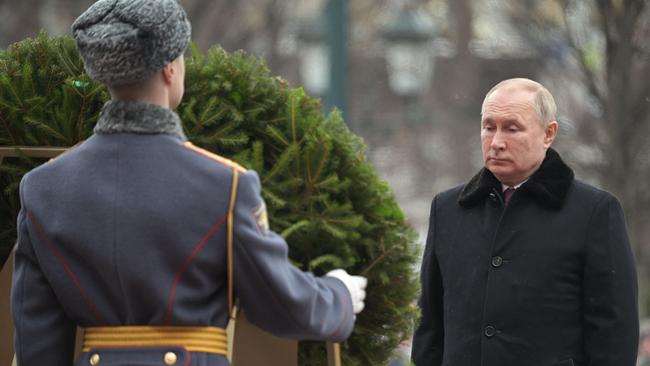
Taken together, the measures are supposed to limit Russia’s access to the global financial system but fall short of many of the broader measures that officials said were being weighed should Russia outright invade its neighbour. But officials said the moves made on Feb. 22 could be ratcheted up depending on what Mr. Putin does next. “We’re going to be looking very closely at what they do over the coming hours and days, and our response will be measured according, again, to their actions,” a senior Biden administration official said.
NATO allies are bolstering the alliance’s eastern flank, which borders Ukraine, deploying jet fighters and ships to the region in response. The EU has set out plans for loans and grants to Ukraine worth more than $1.3 billion. The Pentagon ordered thousands of troops to prepare for possible deployment.
Why is Ukraine important to Russia?
Ukraine was part of the Soviet Union before it collapsed at the end of the Cold War in 1991, and it borders Russia to its eastern flank, where, historically, it has been most vulnerable to invasion. The disintegration of the Soviet Union left Russia with a vastly depleted population, territory and economy. It also diminished Russia’s superpower status. Now Mr. Putin is seeking to reclaim some of that glory and undo some of what Russia lost in the Cold War. He has described Russians and Ukrainians as “one people, a single whole.” What is the feeling in Ukraine?
Ukrainian President Volodymyr Zelensky gathered his national security and defence council after Mr. Putin announced he was recognising the independence of the breakaway states. In a late-night speech to the nation on Feb. 21, he said Russia’s latest actions amounted to a breach of Ukrainian sovereignty, but he continued to urge calm in the face of the threat.
“Truth is on our side. We will never hide the truth from you,” Mr. Zelensky said. “As soon as we see a change in the situation, as soon as we see an increase in risk, you will know all about it. There is currently no reason for chaotic actions.” Ukraine’s leadership has previously said that the Kremlin’s likely aim isn’t to invade but to destabilise their country in more insidious ways. But as the violence worsens in the Donbas region, some families are preparing for worse to come.
On Feb. 23, the government declared a state of emergency and began to mobilise reservists as it called on its own citizens in Russia to leave.
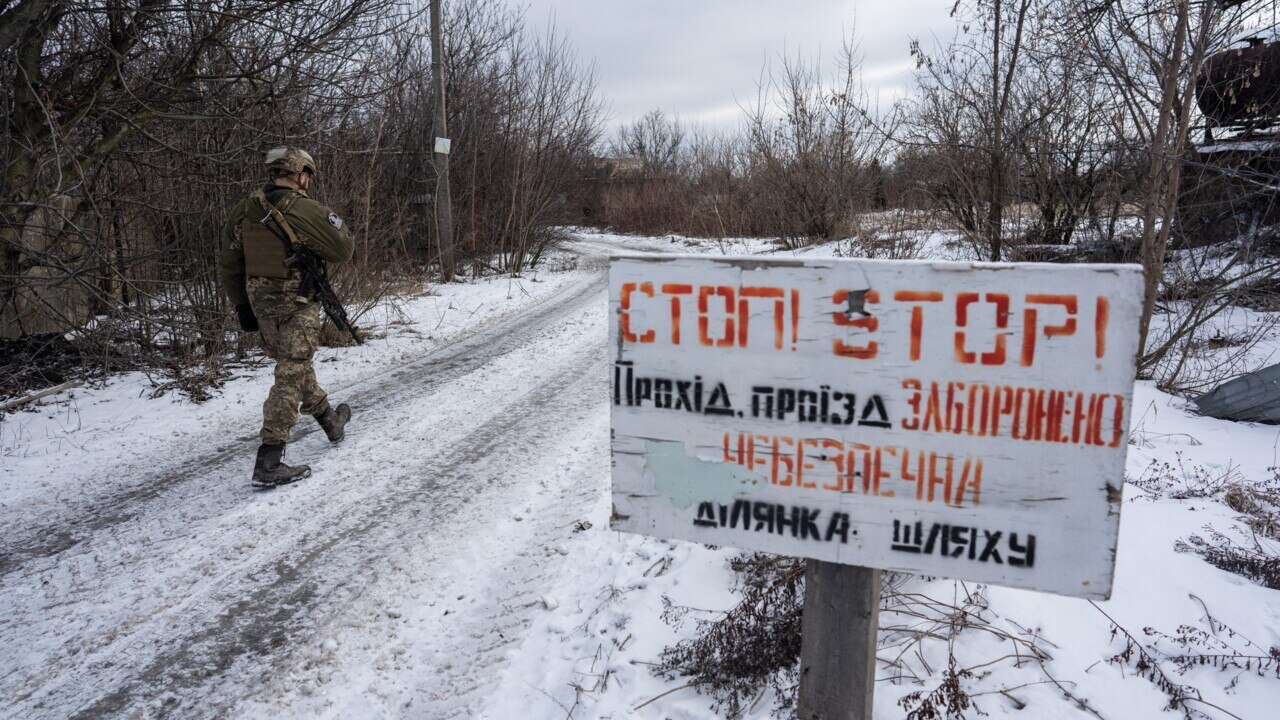
“We are certain of ourselves, we are certain in our country, we are certain in our victory,” Mr. Zelensky said in a televised address the night before. “We are here to overcome, not to cry.” What is Nord Stream 2 and what part does it play in the crisis? Nord Stream 2 is a 765-mile-long natural gas pipeline from Russia, running under the Baltic Sea to Germany. The project is intended to enable Russia to circumvent Ukraine and other countries and pipe its gas directly into Europe at lower cost. Its fate has been a central matter of debate in the current crisis.
The U.S. has opposed the pipeline, fearing it would undermine Ukraine and strengthen Russia’s grip on the European energy market. But out of deference to U.S. ally Germany, the Biden administration last year opted to waive sanctions on the project.
Construction on the pipeline was completed in September and is undergoing testing and certification.
On Feb. 22, the morning after Russian troops moved into Ukraine, Germany froze the pipeline, a decisive move that undermines Mr. Putin’s efforts to drive a wedge between Europe and the U.S.
“There will be a new assessment of the security of our energy supply considering what has happened in the last days,” German Chancellor Olaf Scholz said.
Wall Street Journal




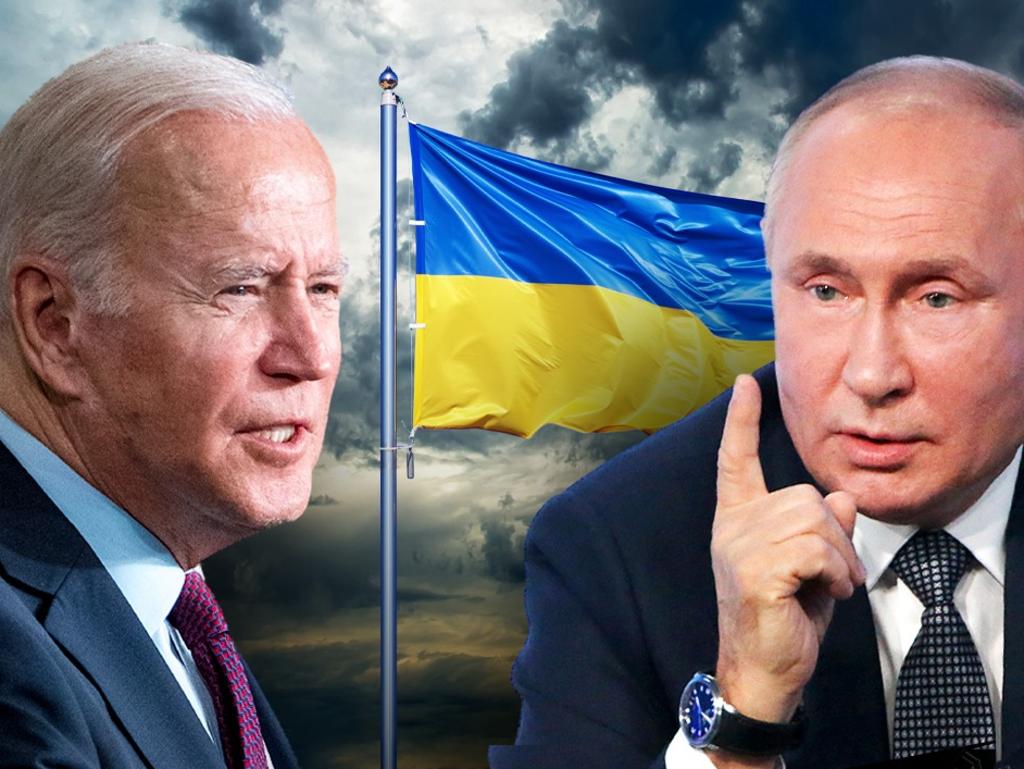
To join the conversation, please log in. Don't have an account? Register
Join the conversation, you are commenting as Logout